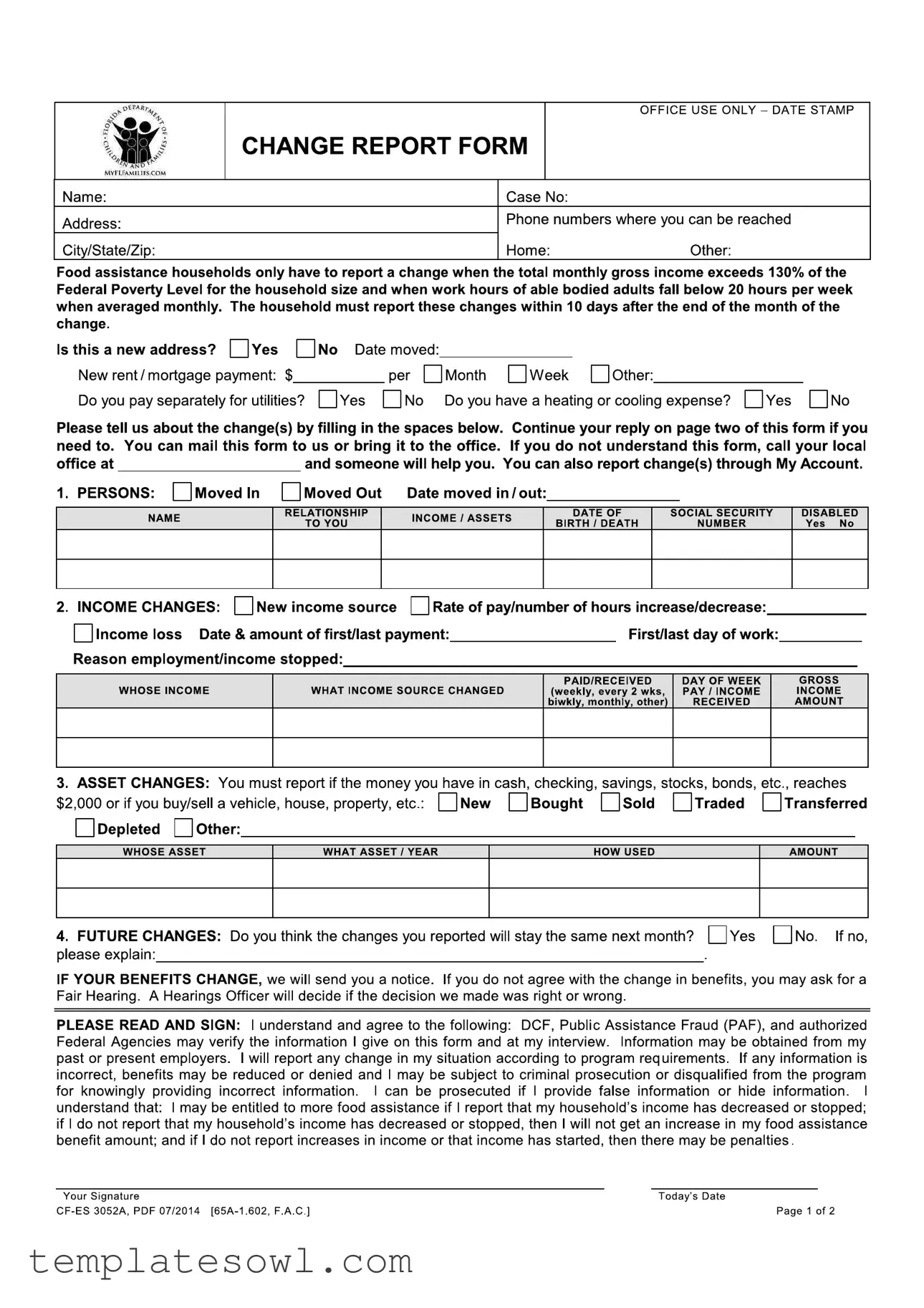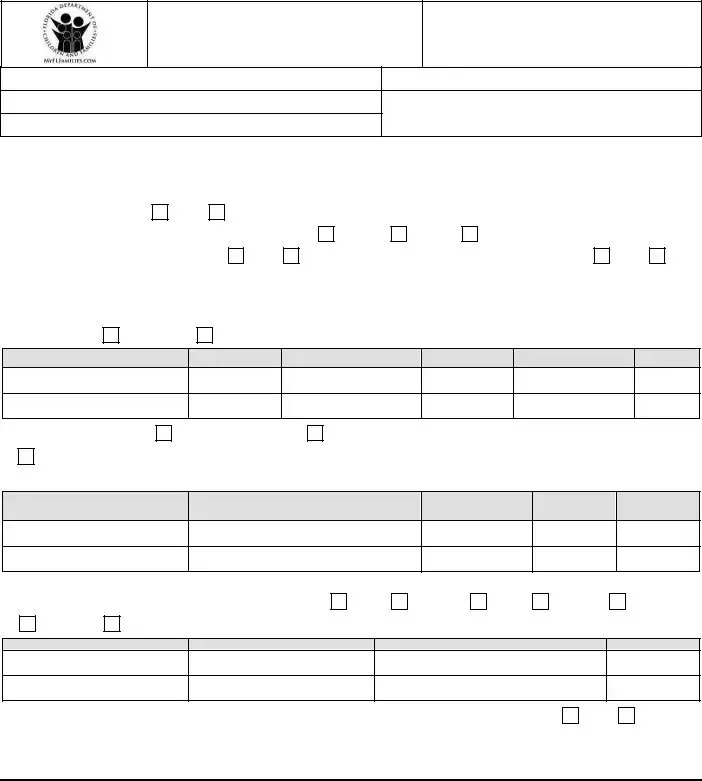When completing the Welfare Change Report form, individuals often make mistakes that can lead to delays or denials of benefits. One common error is failing to report changes within the required timeframe. It is crucial to inform the relevant office of any changes within **10 days** after the change occurs. If this deadline is missed, benefits may be adversely affected.
Another typical oversight involves inaccuracies in the information provided. Omitting essential details such as income changes or asset values can lead to significant complications. Be precise when stating income sources, especially if there are multiple streams or if any income is on a fluctuating basis.
Many people neglect to update their contact information. Providing the correct address and phone numbers ensures that necessary communications reach them. If a recipient has moved, indicating the new address clearly on the form is vital. This helps avoid missed notifications regarding benefits or required follow-ups.
Submitting incomplete sections of the form is another frequent mistake. Each part should be filled out entirely. Sections regarding household members, income fluctuations, and asset changes should be approached with thoroughness. Leaving spaces blank can trigger delays and require additional follow-up from the eligibility workers.
Individuals sometimes misunderstand the requirements for reporting utility payments, housing expenses, or heating and cooling costs. If applicable, these details must be filled out accurately. Providing misleading or unclear information could result in incorrect benefit decisions.
Failing to indicate whether changes are expected to last beyond the next month is also a misstep. While forecasting can be challenging, it is necessary to provide this information to help determine ongoing eligibility accurately.
Misreading the form's instructions can lead to confusion about what to report, particularly concerning asset thresholds. Understanding that cash or assets reaching **$2,000** must be reported is crucial to avoid penalties or loss of benefits.
Lastly, people often forget to sign and date the form before submission. Not completing this final step can lead to the form being deemed invalid. Remember, every section is important, and a simple signature can make a significant difference in ensuring your changes are processed correctly.

